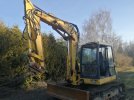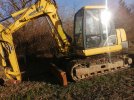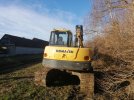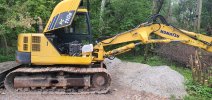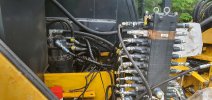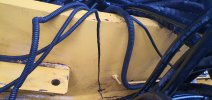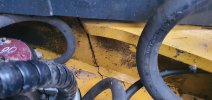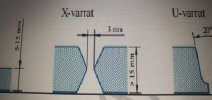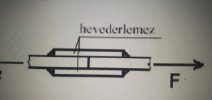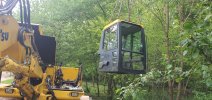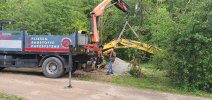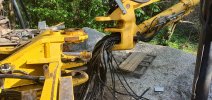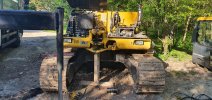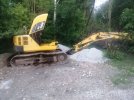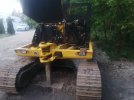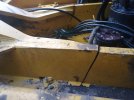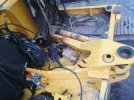Hey guys!
I would like to ask for help with a Komatsu PC 110 R frame break. I've heard that this is a common fault with these machines, but I couldn't find any information about it online. Has anyone had a similar problem or experience with this? I'll try to take photos of it tomorrow. The "Y" frame supporting the boom is broken under the cab and the fuel tank. I bought the machine a few days ago at a good price and it is in pretty good condition. Any little help or information can be useful, thanks in advance!
Zsolt from Hungary.
I would like to ask for help with a Komatsu PC 110 R frame break. I've heard that this is a common fault with these machines, but I couldn't find any information about it online. Has anyone had a similar problem or experience with this? I'll try to take photos of it tomorrow. The "Y" frame supporting the boom is broken under the cab and the fuel tank. I bought the machine a few days ago at a good price and it is in pretty good condition. Any little help or information can be useful, thanks in advance!
Zsolt from Hungary.

